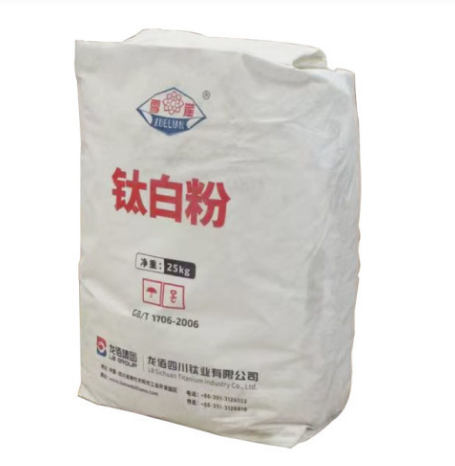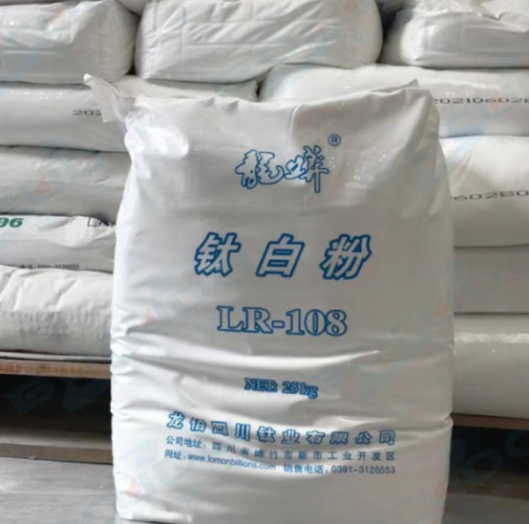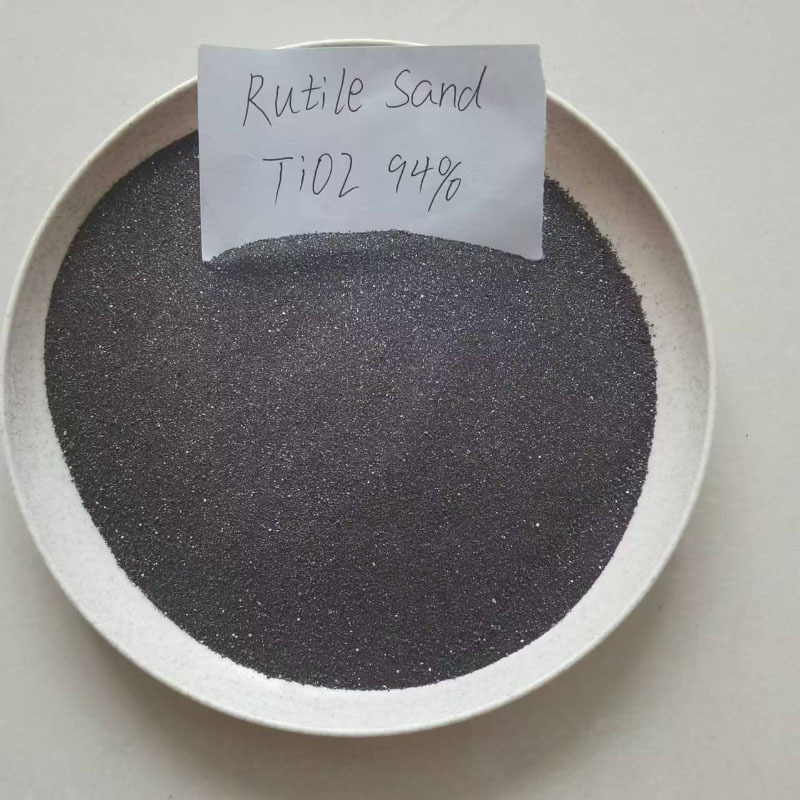Understanding PLA: The Versatile Plastic Raw Material Transforming Industries
Release Time:
May 15,2025
Polylactic Acid (PLA) is a biodegradable and bioactive thermoplastic derived from renewable resources, primarily corn starch or sugarcane. As a plastic raw material, PLA has gained immense popularity in various applications due to its environmentally friendly characteristics and versatility. In the realm of new chemical materials, PLA stands out for its contributions to sustainability and innovati
Polylactic Acid (PLA) is a biodegradable and bioactive thermoplastic derived from renewable resources, primarily corn starch or sugarcane. As a plastic raw material, PLA has gained immense popularity in various applications due to its environmentally friendly characteristics and versatility. In the realm of new chemical materials, PLA stands out for its contributions to sustainability and innovation.
One of the most compelling features of PLA is its biodegradability. Unlike traditional petroleum-based plastics, PLA breaks down into natural components when exposed to specific conditions. This property makes it an attractive option for industries looking to reduce their carbon footprint and enhance their sustainability efforts. PLA can decompose within a few months under industrial composting conditions, providing a significant advantage over conventional plastics, which can take hundreds of years to decompose.
In addition to its environmental benefits, PLA exhibits excellent mechanical properties that make it suitable for various applications. Its tensile strength is comparable to that of polystyrene, and it can be processed using standard thermoplastic processing techniques such as injection molding, extrusion, and 3D printing. This versatility allows manufacturers to explore a wide range of products, including packaging materials, disposable cutlery, textiles, and even medical devices.
The food packaging industry has particularly embraced PLA, as it provides a sustainable alternative to traditional plastics while maintaining food safety standards. PLA packaging is not only compostable but also offers good barrier properties against moisture and oxygen, ensuring the freshness of food products. Furthermore, the transparency of PLA makes it an appealing choice for retailers looking to enhance product visibility on shelves.
Research and development in the field of PLA have led to the creation of various blends and composites that enhance its performance characteristics. By combining PLA with other biodegradable materials or additives, manufacturers can tailor the properties of PLA to meet specific requirements, further expanding its application potential.
While PLA presents numerous advantages, it is essential to consider its limitations as well. For instance, PLA is sensitive to heat and may not perform well in high-temperature applications. Additionally, its mechanical properties can degrade over time when exposed to moisture. However, ongoing advancements in material science continue to address these challenges, promising even more robust applications for PLA in the future.
In conclusion, PLA represents a significant advancement in the realm of plastic raw materials, offering a sustainable and versatile alternative to traditional plastics. Its eco-friendly nature, combined with its mechanical strength and adaptability, positions it as a valuable material in the ever-evolving landscape of new chemical materials. As industries increasingly prioritize sustainability, PLA is poised to play a crucial role in shaping a greener future.
One of the most compelling features of PLA is its biodegradability. Unlike traditional petroleum-based plastics, PLA breaks down into natural components when exposed to specific conditions. This property makes it an attractive option for industries looking to reduce their carbon footprint and enhance their sustainability efforts. PLA can decompose within a few months under industrial composting conditions, providing a significant advantage over conventional plastics, which can take hundreds of years to decompose.
In addition to its environmental benefits, PLA exhibits excellent mechanical properties that make it suitable for various applications. Its tensile strength is comparable to that of polystyrene, and it can be processed using standard thermoplastic processing techniques such as injection molding, extrusion, and 3D printing. This versatility allows manufacturers to explore a wide range of products, including packaging materials, disposable cutlery, textiles, and even medical devices.
The food packaging industry has particularly embraced PLA, as it provides a sustainable alternative to traditional plastics while maintaining food safety standards. PLA packaging is not only compostable but also offers good barrier properties against moisture and oxygen, ensuring the freshness of food products. Furthermore, the transparency of PLA makes it an appealing choice for retailers looking to enhance product visibility on shelves.
Research and development in the field of PLA have led to the creation of various blends and composites that enhance its performance characteristics. By combining PLA with other biodegradable materials or additives, manufacturers can tailor the properties of PLA to meet specific requirements, further expanding its application potential.
While PLA presents numerous advantages, it is essential to consider its limitations as well. For instance, PLA is sensitive to heat and may not perform well in high-temperature applications. Additionally, its mechanical properties can degrade over time when exposed to moisture. However, ongoing advancements in material science continue to address these challenges, promising even more robust applications for PLA in the future.
In conclusion, PLA represents a significant advancement in the realm of plastic raw materials, offering a sustainable and versatile alternative to traditional plastics. Its eco-friendly nature, combined with its mechanical strength and adaptability, positions it as a valuable material in the ever-evolving landscape of new chemical materials. As industries increasingly prioritize sustainability, PLA is poised to play a crucial role in shaping a greener future.
Keywords:
You Can Also Learn More About Industry Trends






